When an urban legend rumored to trap people inside subway tunnels seems to be behind mysterious disappearances in the Bronx, sixteen-year-old Raquel and her friends team up to save their city–and confront a dark episode in its history in the process.
United States
Materials from United States of America
Still Dreaming / Seguimos Soñando (English And Spanish Edition)
A child dreams of a life without borders after he and his parents are forced to leave their home during the Mexican Repatriation.
Featured in WOW Review Volume XVIII, Issue 1.
A Seed In The Sun
Lula, a farm-working girl with big dreams, meets Dolores Huerta, Larry Itliong, and other labor rights activists and joins the 1965 protest for workers’ rights.
The Days Of Bluegrass Love
Tycho Zeling is drifting through his life. Everything in school, friends, girls, plans for the future, just kind of… happens. Like a movie he presses play on, but doesn’t direct. So Tycho decides to break away from everything. He flies to America to spend his summer as a counselor at a summer camp, for international kids. It is there that Oliver walks in, another counselor, from Norway. And it is there that Tycho feels his life stop, and begin again, finally, as his.
Apple In The Middle
Apple Starkington turned her back on her Native American heritage the moment she was called a racial slur for someone of white and Indian descent, not that she really even knew how to be an Indian in the first place. Too bad the white world doesnt accept her either. And so begins her quirky habits to gain acceptance.
Abuela Y El Covid / Grandma And Covid (English And Spanish Edition)
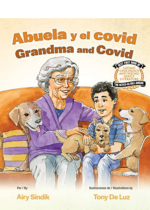
A young boy enjoys time with his grandmother who lives far away, using cell phones and other devices, but one day she stops calling and sending photos and videos of her dogs. He finds out that she needs an oxygen mask to speak and breathe and worries about her the next time they talk.
Yossel’s Journey
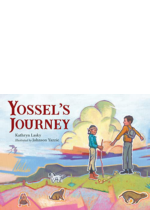
Yossel, along with his family, flees anti-Jewish Russian pogroms in the late nineteenth century and settles in the American Southwest where he forges a friendship with Thomas, a Native American Navajo boy.
When The Sky Glows
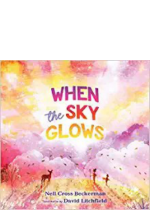
“Sunrises and lightning storms, rainbows and volcanoes, meteors and fireflies-these beautiful, and sometimes frightening, events that light up the sky might seem like magic. But there is a scientific explanation for each natural phenomenon. Find out the science behind the magic in this beautiful and enlightening nonfiction picture book”–
Forever Cousins
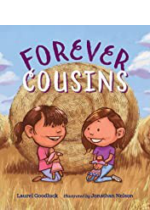
Amanda and Kara are cousins and best friends in an intertribal Native American family; but Kara’s family leaves the city and moves back to the Rez, making both girls sad–but the summer reunion reminds them that they will always be cousins.
Cemetery Boys
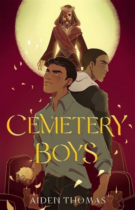
Yadriel, a trans boy, summons the angry spirit of his high school’s bad boy, and agrees to help him learn how he died, thereby proving himself a brujo, not a bruja, to his conservative family.
